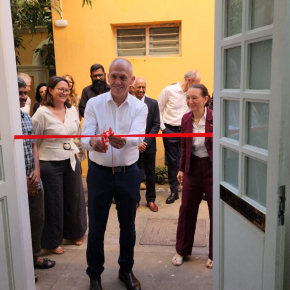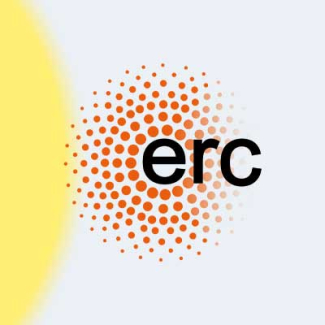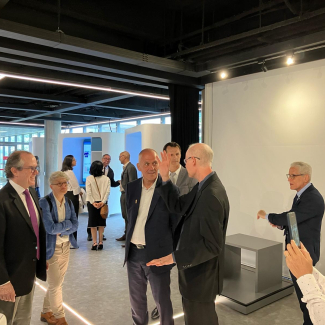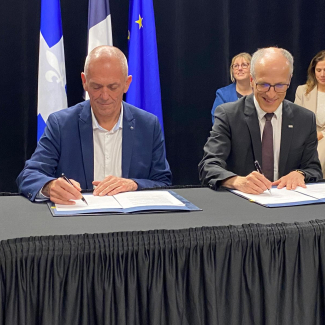
“French research has much to gain from close collaboration with India”
A CNRS delegation, led by its Chairman and Chief Executive Officer Antoine Petit, will visit India to exchange with its primary partners on the ground. An opportunity to take stock of Indian research and its collaborations with the CNRS.
Soon to reach 1.4 billion inhabitants (50% of whom are under 30 years of age), India has just surpassed China as the world’s most populous country. It should rank 2nd among G20 economies in terms of growth (2022-2023). “With rapid growth and a country that is ranked 6th among global economic powers, science has an important role to play in India,” says CNRS Chairman and Chief Executive Officer Antoine Petit, who will visit, along with numerous directors of CNRS institutes, important centres of Indian science beginning on 16 February.
Research present within a number of Indian ministries
While the share of Indian GDP invested in science remains low at 0.7%, the country’s strong growth rate has positioned it as a strategic actor in global research in the future. Public research in India is a prerogative of the central government, and is essentially organized around the Ministry of Science and Technology and the Ministry of Earth Sciences. However, each ministry has its own departments, which supervise institutes, centres, and establishments specializing in research. For example, the Ministry of Science and Technology has three key departments: the Department of Science and Technology with 20 independent institutions conducting activities in research and innovation; the Department of Biotechnology, with the Biotechnology Research and Innovation Council consisting of 14 R&D institutes; and the Department of Scientific and Industrial Research (DSIR), with the Council of Scientific and Industrial Research (CSIR) bringing together 37 industrial research institutes.
Another story of India told through its photos
Audiodescription
“There are a number of other ministries that oversee and implement research programmes in health, space, defence, textiles, atomic energy, computer science, industry, oil energy, renewable energy, and the development of human resources (academic institutions and technical universities),” explains N. Kalaiselvi, the Secretary DSIR, GoI and Director General of CSIR. “All of these ministries help develop different areas of Indian science, and the prime minister has placed the Department of Atomic Energy directly under his control,” adds Srini Kaveri, the director since 2015 of the CNRS office in India, which is celebrating its 12th anniversary this year.
A distinctive feature of the Indian research system is that the academic institutions under the supervisory authority of the Ministry of Education—especially the Indian Institutes of Technology (IIT)—are active participants in the research ecosystem. With respect to universities, there are currently over one thousand, as compared to just a dozen in 1947, the date of India’s independence. Of these universities, nearly half are private. “Some of these establishments still lack infrastructure. While these many universities are a reflection of high population density, basic research is conducted in public institutes with IITs, which boast an exceptional quality of research,” adds Kaveri.
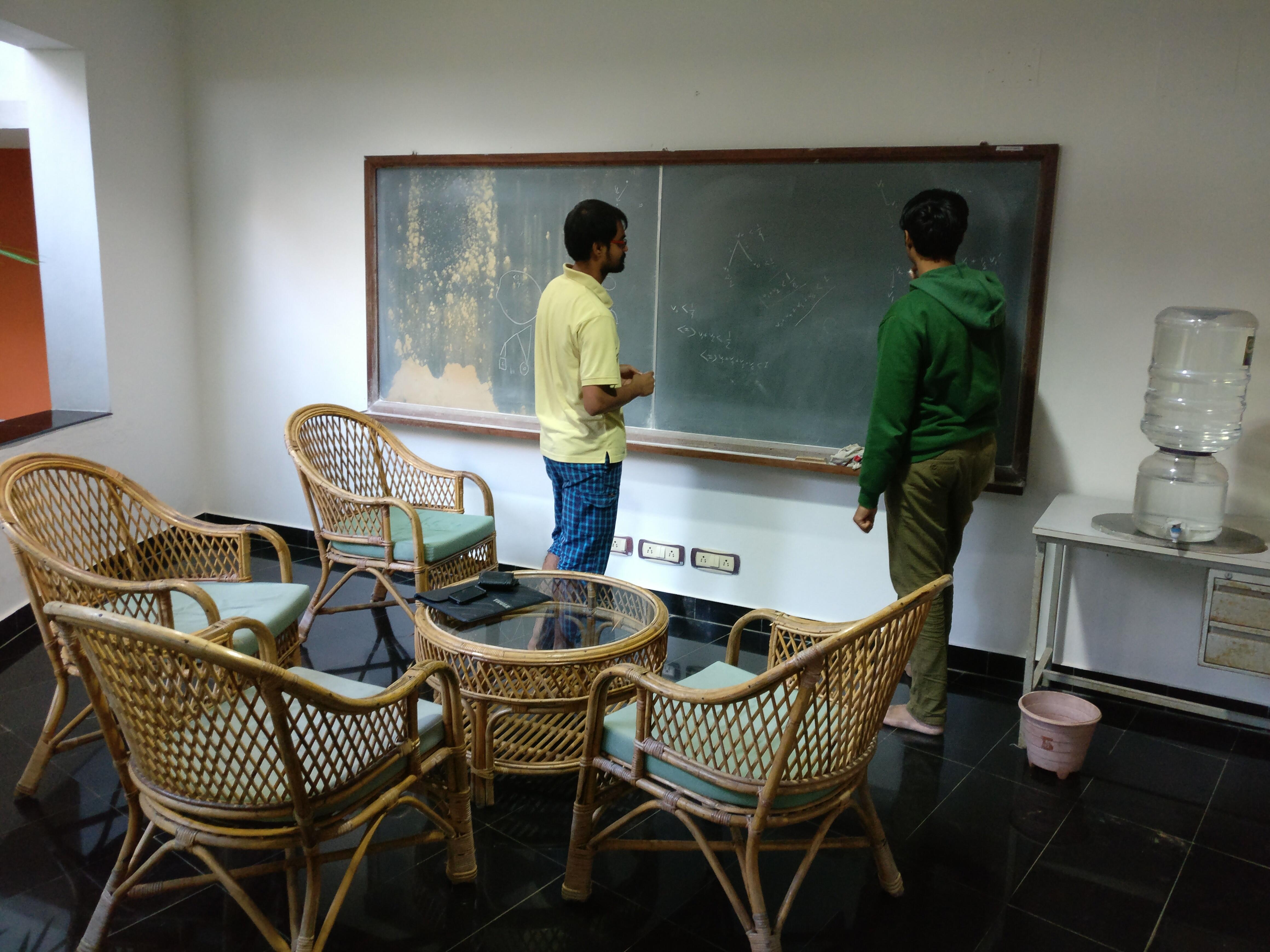
The “pharmacy of the world” is also a leader in mathematics and computer science
India has focused on fields of the future such as quantum technology, advanced communication technology, and digital transformation, with Indian research being particularly effective in mathematics and computer science. The country notably set itself the goal of becoming a $1 trillion digital economy by 2025. It has also emphasized clean energy—such as green hydrogen1 —to address the needs of its large population, in addition to health, especially in connection with the global problem of infectious diseases and antibiotic resistance. India is also widely recognized for its vaccine production capacity: it administered over two billion doses against Covid-19, and exported nearly 75 million to 94 countries. The government also launched the One Health Project, which conceives of health in its entire environment, including the population, animals, agriculture, the soil and land, etc.
“I believe that innovation, resilience, and adaptability are the primary advantages and distinctive features of Indian research, which have earned the country the nickname, among others, of ‘the pharmacy of the world.’” stresses Kalaiselvi. India ranked 5th globally in scientific publications and 7th in patents, with 70,000 active start-ups, 335 incubators, and 130 unicorns,2 active primarily in the fields of computer software and pharmaceutical products, the equivalent of $535 billion.
French-Indian “success stories”
While, due to its history, India is very close to British research, and more largely to US research, French-Indian relations developed under the presidency of Giscard d’Estaing (1974-1981), during which the idea was conceived for an Indo-French Centre for the Promotion of Advanced Research (IFCPAR),3 a structure that funds scientific cooperation between the two countries. Established in 1987 in New Delhi, IFCPAR “is a tool we can be proud of, which has backed 580 research projects, facilitated 170 workshops in France and India, supported the mobility of 4,000 students and researchers, and led to 3,000 publications,” Kaveri points out.
Antoine Petit will attend two IFCPAR workshops, including one by Jean-Christophe Nallatamby, an academic from the Xlim Laboratory4 who has organized a three-day workshop in collaboration with the Indian Institute of Technology (IIT) Madras on the production, characterization, and modelling of microwave components and systems, in addition to photonics. “The event will include two days of presentations, and one day for a round table and visits to IITM laboratories. It will be an opportunity to exchange regarding potential collaborations with researchers in India. On the French side 16 individuals will be take part, including 4 representatives from French industry and 12 academics,” explains Nallatamby, whose workshop will rely on the MEGATRON International Research Project (IRP).
The CNRS will soon have three International Research Laboratories (IRL) in India5 —the creation of the 3rd IRL Scal(e)S (see text box) will officially be announced in Bangalore on 20 February—to go along with its two joint units with a French institute abroad (UMIFRE)6 —the Centre for Social Sciences and Humanities, and the French Institute of Pondicherry (see text box) working on Indian society and its environment—and many research projects, with numerous “success stories” emerging from French-Indian collaboration. For instance, the Indo French Cell for Water Sciences in Bangalore, which specializes in hydrology, modelling, biochemistry, and geology, has proven its worth for a number of years, establishing itself as a leader in the field. The Indo-French Centre for Applied Mathematics IRL, which funds multiple projects at the intersection of applied mathematics, computer science, and engineering, is also a symbol of this success. Finally, the Research Lab in Computer Science (ReLaX) IRL—which will be renewed during Antoine Petit’s visit—has over the last 25 years enabled French-Indian mobility for doctoral students and postdoctoral fellows (see text box). “There is growing awareness of Indian expertise among the French. This bodes well, as French research has much to gain from close collaboration with India, and vice versa,” concludes Antoine Petit.
- 1Green hydrogen is produced from water and electricity generated from renewable energy, and offers a net-zero carbon footprint.
- 2In the world of start-ups, a unicorn is an enterprise valued at over $1 billion.
- 3Joint collaborative research projects in all scientific disciplines are its primary tool for supporting French-Indian cooperation. IFCPAR is co-directed and funded (budget of 3 million euros) by the DST in India and by the MEAE in France.
- 4CNRS/Université de Limoges.
- 5Indo French Centre for Applied Mathematics (IFCAM)/Indo French Research Laboratory in Computer Science (RELAX).
- 6Joint units with a French institute abroad are units led by the CNRS and the Ministry for Europe and Foreign Affairs.
ReLaX IRL
“RelaX is devoted to research in theoretical computer science, its applications, and its interactions with mathematics,” explains Madhavan Mukund, the director of the IRL and the Chennai Mathematical Institute. ReLaX has its roots in an IFCPAR project between the Chennai Mathematical Institute and l’Université Sophia Antipolis, which over the course of many years and collaborations (28 in all) transformed into a research network, and then into a project to become an IRL. “The laboratory supports researcher visits and plans workshops in France and India. We host professors over a number of months, and provide resources for student exchange. Eventually we would like to turn more toward enterprises for collaborations, as there are many French enterprises present on the ground.”
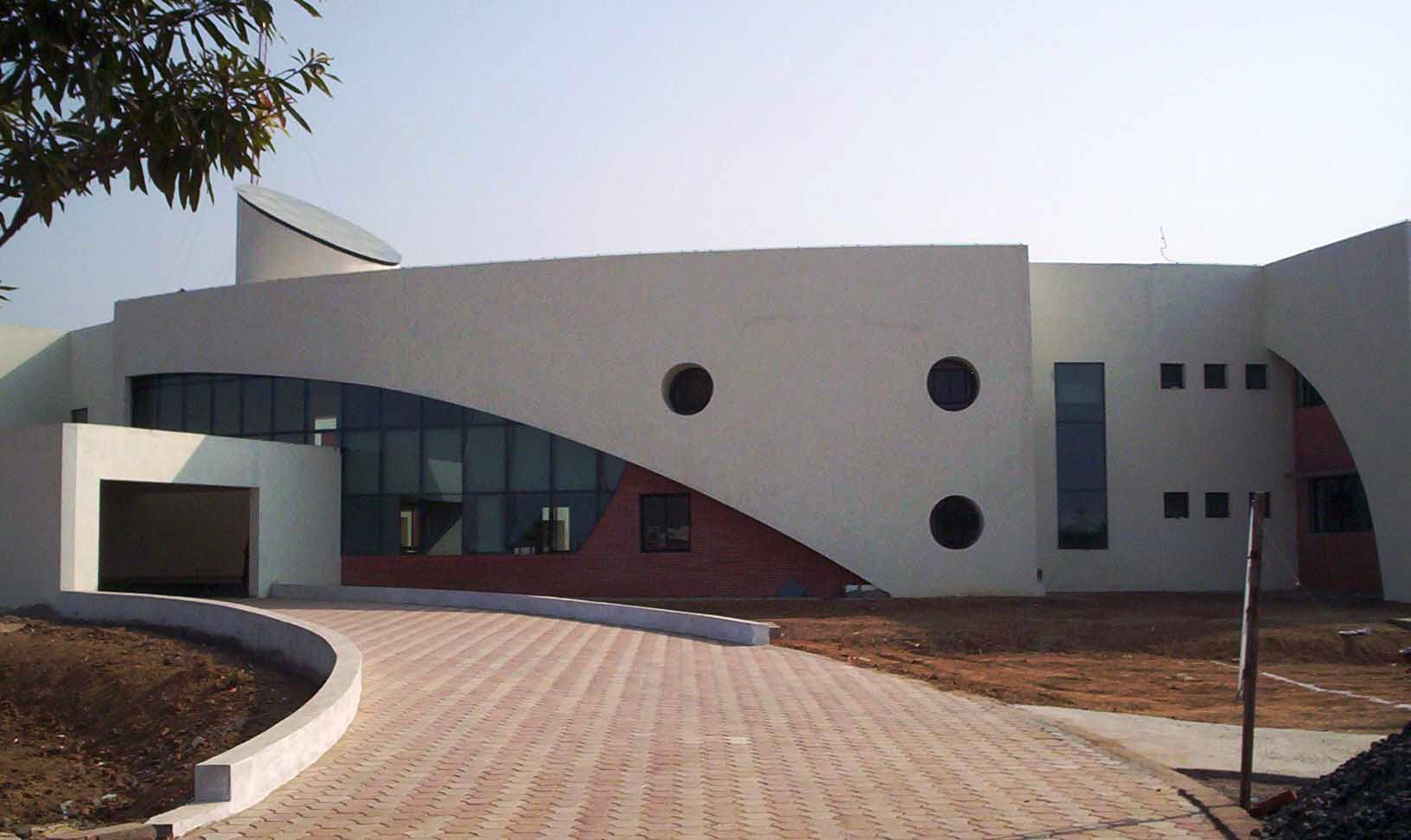
Scal(e)S IRL
The brand new Self-organisation and Control in Biological Systems (Scal(e)S) IRL aims to untangle the mechanisms of matter and living organisms, especially the complex characteristics that support their physiological functions. It will implement interdisciplinary projects to study how biological systems organize dynamically through scales, from molecules to cell ensembles within bacterial colonies, tissues, and embryos. The goal of Scal(e)S is to drive collaborative research within a consortium of partners based at the National Centre for Biological Sciences in Bangalore, India, and at the Turing Centre for Living Systems in Marseille. “We will promote interactions by holding annual workshops in Bangalore and Marseille, along with student exchange and postdoctoral fellows each year. The expected result of this IRL is to launch new projects in which its broad range of expertise will provide new answers to how biological forms emerge through spatial and temporal scales,” recounts Thomas Lecuit, the director of the IRL.
The French Institute of Pondicherry
Created in 1955, the French Institute of Pondicherry is one of the largest UMIFREs1 , and the only one to develop multidisciplinary research across its four departments: Indology (with the study of ancient texts, etc.), ecology (palynology, botany, forest ecosystems), historical and socioeconomic studies of contemporary India (urban dynamics, migrations, health, water management, etc.), and geomatics (geographic information systems, spatial modelling, vulnerability, and environmental risks). Consisting of a team of 80-100 individuals depending on the number of on-going projects—the vast majority of whom are of Indian nationality—and located within a colonial style home, the institute does not go unnoticed. “It welcomes approximately 10 French researchers (CNRS, IRD, on secondment from MAE, CIRAD, etc.) for a duration of 2-4 years,” indicates Blandine Ripert, the director of the UMIFRE. “But it also hosts delegations for 2-3 months. In total approximately twenty CNRS researchers pass through the French Institute of Pondicherry each year.” With fifty projects conducted per year, the institute is led by its permanent Indian team, which makes it possible to support collaborations and to obtain governmental authorizations. “Our botanical laboratory specializing in forest dynamics and botany has conducted vegetation mapping of South India.” Today an increasing number of projects are being pursued at the intersection of the UMIFRE’s four departments, and the research being conducted is based on collections, sometimes jointly with the EFEO: 8,500 manuscripts, 28,000 herbarium sheets, the largest tropical collection of pollen in Asia, and 160,000 photos. “We are doing our best to preserve these collections, and we fully renovated the photo library, which will be inaugurated in the presence of Antoine Petit on 17 February. We also plan to renovate the manuscript room.” The projects currently being conducted at the UMIFRE notably focus on health, for instance air pollution, antibiotic resistance in human, animal, and environmental health, agroecology, and food, as well as—in the fields of ecology and development—the coastal space of the Indian Ocean, the characterization of biodiversity, and the climate’s impact on Indian forests.
- 1The network of joint units with a French institute abroad includes 27 research centres located, with their satellite offices, in nearly 40 countries across all continents. These research institutes are under the joint supervisory authority of the French Ministry for Foreign Affairs and the CNRS.
